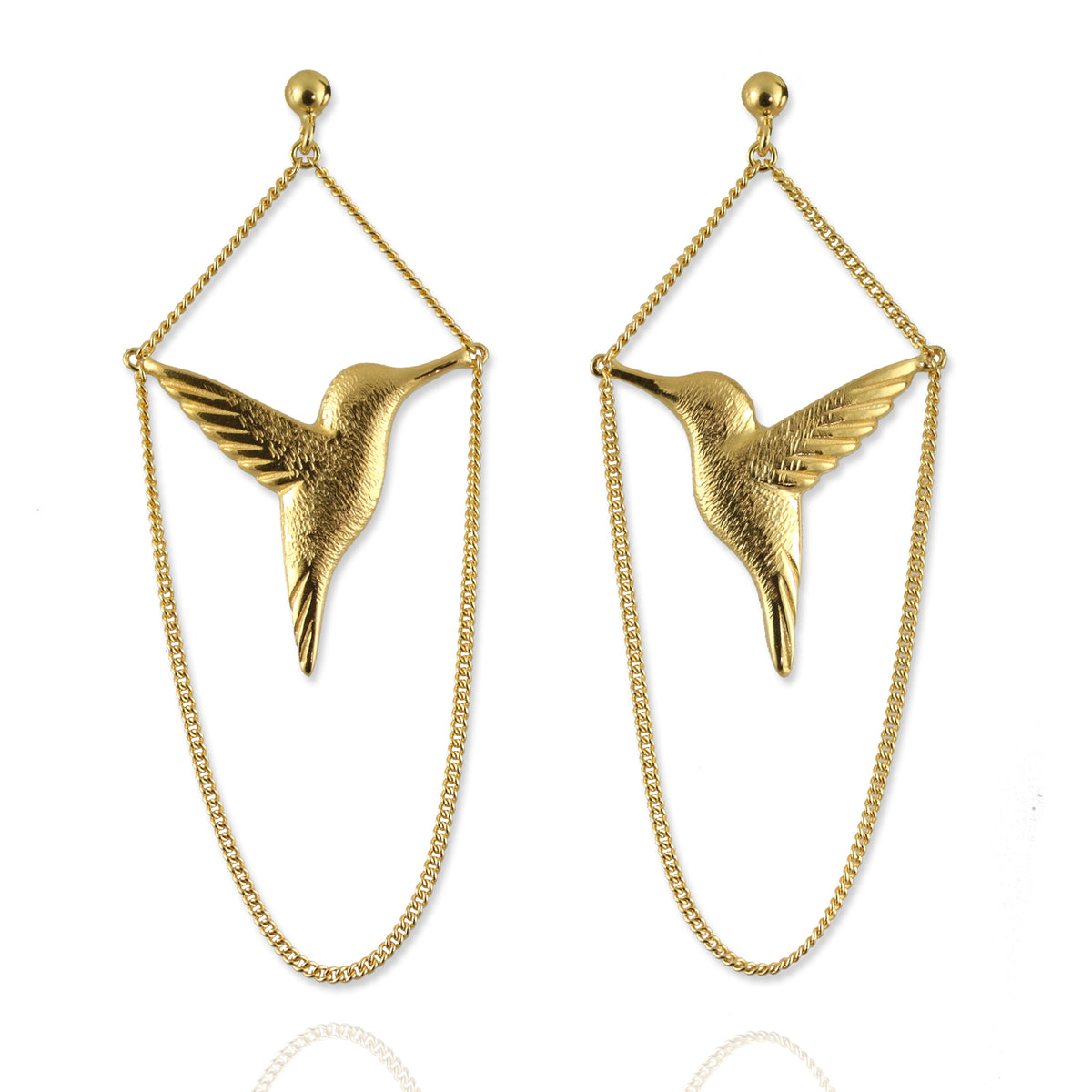Metal Guide

Where do we source our metals?
All metals used at Jana Reinhardt Jewellery are from accredited suppliers, based in the UK, using 100% recycled Sterling silver, gold and platinum. These suppliers are continually buying back and recycling scrap metal, thus helping to create more environmentally friendly jewellery.
What metals can we work with?
The materials we work with on a day to day basis are Sterling silver, 9 and 18ct gold in yellow, white and rose as well as Platinum.
What does gold plated mean?
Gold plated means a thin layer of gold is deposited onto silver (or sometimes base metal) jewellery pieces by electrochemical means. We no longer offer gold plating, because protecting our environment (and our health) is important to us. The process requires the use of many toxic chemicals. Better for us, better for the planet!.
What is rhodium plating?
Rhodium plating is a super thin layer of rhodium (a very white metal) usually on white gold, sometime silver or platinum jewellery. It will wear off over time, especially on rings and bangles and the process requires the use of toxic chemicals, so we do not rhodium plate any of our pieces.
All our jewellery come in their "natural colour".
What is the difference between 18ct, 14ct and 9ct gold?
18ct gold consists of 75% pure gold and 25% alloy, 14ct consists of 52.5% pure gold and 47.5% alloy and 9ct consists only of 37.5% pure gold with the remaining 62.5% being alloy. Therefore 18ct gold has the richest, warmest colour, whilst 9ct is a bit paler and more vintage looking. In the below image, the Hummingbird Necklace on the left is made from 9ct yellow gold, the one on the right from 18ct. All gold alloys are very durable.


How is white gold made and what other colours of gold are there?
There is no such thing as natural white gold. Gold always comes out of the ground yellow. It is given its whiteness by alloying it (mixing it) with white coloured metals. Various different colours of gold can be achieved using this alloying process such as, white, rose, green and black gold.
Generally speaking, the more alloy present in yellow gold the weaker the colour. 24ct (pure) gold has a very rich orange yellow colour where as 9ct yellow gold is often much paler. It is very rare that jewellery is made from pure un-alloyed gold, silver or platinum, because these metals would be too soft un-alloyed for daily use.
What is Sterling silver and what does oxidised silver mean?
Sterling silver is an alloy made up of 92.5% silver and 7.5% other metals, usually copper. The sterling silver standard has a minimum fineness of 925 parts pure silver.
A couple of our jewellery pieces are made from oxidised silver (our Calf Necklace for example). That means we artificially blacken the metal with a sulphur mixture. It looks great, but similar to plating, the oxidisation does get lighter when worn a lot, but can easily be redone.
What causes silver to tarnish?
Tarnish, which appears as black or brown streaks and patches on silver ware, is silver sulphide, a compound formed when silver interacts with sulphur in the air. The extent and speed with which your silver jewellery tarnishes is also related to the climate and in general, high humidity would result in silver tarnishing much faster. Normally mild tarnishing can be dealt with by using a silver cloth. You can purchase them in many jewellery shops or we can supply them for you.
What is Platinum?
Platinum is the rarest and therefore most expensive metal used in making jewellery. It is grey white in colour, very hard, dense and heavy. It is perfect for diamond jewellery, especially rings, as the colours and hardness of the metal and diamonds complement each other. The platinum we use in our London engagement rings and other bespoke jewellery is 95% platinum and 5% alloy. This is the industry standard for platinum.
What is Palladium?
If you can't afford platinum, we think palladium is a good alternative. It is also very hard and has a similar colour to platinum, but is less dense and a lot less expensive.
Our personal favourite is still yellow gold, the yellower the better. It looks great with most coloured stones as well as with white diamonds, can be polished to a very high shine and even though the price of gold has increased considerably over the last couple of years, compared to platinum it still seems very affordable.
